Are you creating purpose or completing the 2016 ‘successful business’ to-do list?
Posted by: Hannah
Date: 14.03.18
Tags: Purpose; Performance; Leadership
Over the past few years we have seen a huge shift in focus to purpose-driven leadership. Many business experts (including ourselves) suggest that people having a clear purpose is a core driver of performance. Even medical studies show that people who have purpose in their lives are less prone to illness.
In our ever-changing world where businesses have to continually adapt and reformulate their strategies, purpose is considered to be the potential guide that keeps everything on track.
This has led to the growth of big consulting services whereby agencies help companies connect to their purpose beyond profit. What seems to happen, however, is that once the tens of thousands of pounds have been spent with creative agencies, the purpose is printed, framed and front and centre in reception, and all employees have a pen with the new purpose or slogan on it, we think the job is done. An email, and a town hall meeting to ‘engage and connect’ the business, and we can tick that purpose box. Sound familiar? If we are not careful, ‘purpose’ becomes another boardroom buzzword that has little impact on employee motivation and business performance.
So how do we leverage the power of ‘purpose’ and truly connect people to the purpose of the company?
1. Connect the people to their own purpose
We connect the people to their own purpose, which is connected to the company purpose. And I don’t mean give them a job spec: the connection to the company purpose needs to be more explicit. ‘Managing the website’ is not someone’s reason for existing, but ‘ensuring that customers can easily access our products in the most efficient way’ could be.
The classic JF Kennedy Nasa visit is a well-known example of this…”Well, Mr President,” the janitor responded, “I’m helping put a man on the moon.”
From Jason on reception to the CEO, each employee in your organisation must see the thread that connects what they do to what the company is trying to achieve. Connecting all your employees to the team purpose, and the overarching purpose, allows each one of them to feel they are adding value, and thus feel valued in themselves. This links us back to the Dan Pink drivers of motivation; purpose, autonomy and mastery.
1. Make objectives purpose-based not just financial
Money talks, but it can also be a driver of bad decisions, if the financial reward is based on hitting monetary targets. We can get fixated on the financial reward and will do anything to reach it. This doesn’t always equate to good business decisions or making decisions based on the company purpose.
By basing the objectives of individuals and teams on the overarching purpose, it drives individuals to make decisions based on purpose not ego. One example of this in the pharma industry is GSK targeting their sales teams on customer experience rather than sales.
1. Recognise and reward ‘purpose-based’ behaviours
When team members make decisions that drive the company’s success vs. their own personal development or departmental success, acknowledge this publicly. Even providing small rewards, such as leaving early on Friday, will have a huge impact on people’s motivation to consider the company success as much as their own. It is especially important to recognise this if someone is challenging the status quo for the future good of the business. These are the people who take companies from good to great.
Summary:
• Developing a company purpose should not be an exercise, but a fully integrated part of your business
• Connect the people to their own purpose
• Make objectives purpose-based not just financial
• Recognise and reward ‘purpose-based’ behaviours





